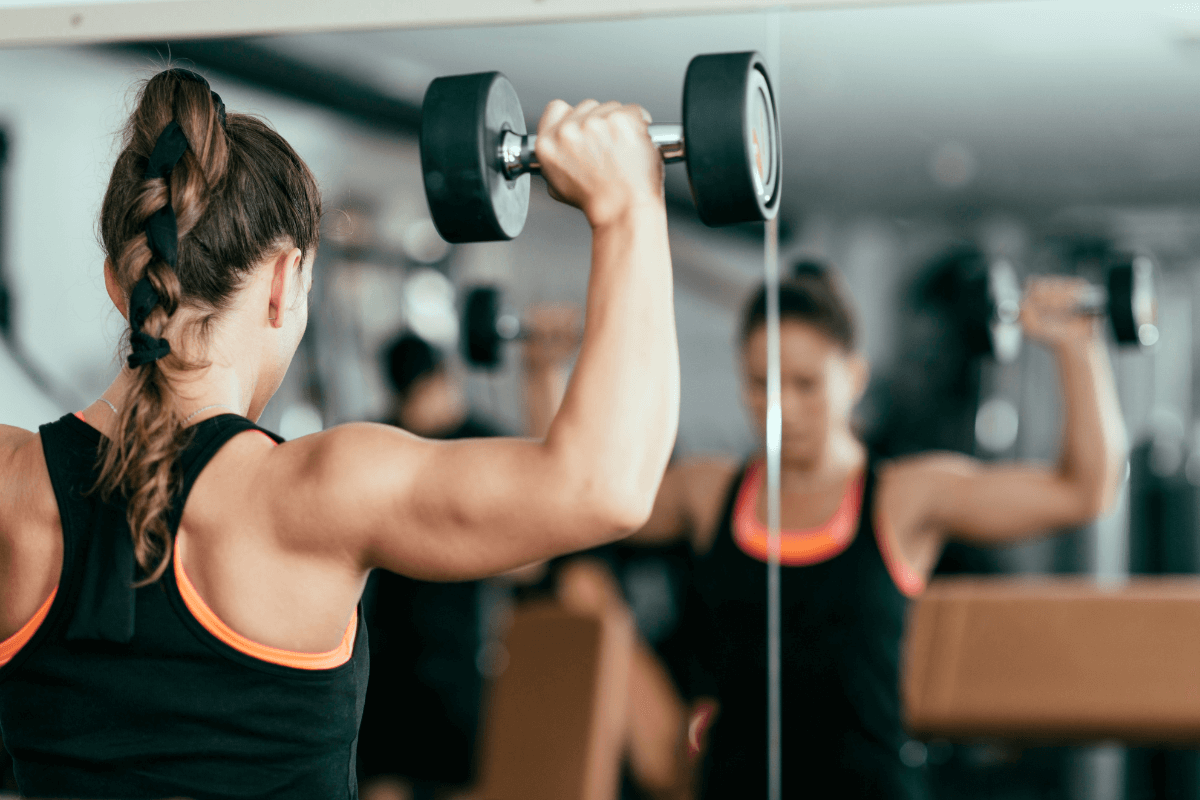Introduction
High-Intensity Interval Training (HIIT) has gained immense popularity in the fitness world, and for good reason. This training method, known for its efficiency and effectiveness, promises substantial health benefits in a relatively short amount of time. Whether you’re a seasoned athlete or a fitness beginner, HIIT can be tailored to meet your needs and help you achieve your fitness goals.
What is High-Intensity Interval Training (HIIT)?
Definition of HIIT
HIIT involves short bursts of intense exercise alternated with low-intensity recovery periods. This approach keeps your heart rate up, burning more fat in less time compared to traditional steady-state cardio.
The Structure of a HIIT Workout
A typical HIIT workout includes a warm-up, followed by several cycles of high-intensity exercises and rest or low-intensity exercises, and ends with a cool-down. For example, you might sprint for 30 seconds and then walk for 90 seconds, repeating this cycle for 20 minutes.
The Science Behind HIIT
How HIIT Affects the Body
HIIT challenges both aerobic and anaerobic systems. The intense bursts push your anaerobic threshold, while the recovery periods engage your aerobic system, leading to improved overall fitness.
Metabolic Benefits
HIIT boosts your metabolism, not only during the workout but for hours afterward, a phenomenon known as excess post-exercise oxygen consumption (EPOC). This means you continue to burn calories even after you’ve finished exercising.
Benefits of HIIT
Efficiency and Time-Saving
One of the biggest advantages of HIIT is its efficiency. You can achieve significant health benefits and burn a lot of calories in a shorter time compared to traditional workouts. This makes HIIT ideal for people with busy schedules.
Improved Cardiovascular Health
HIIT has been shown to improve cardiovascular health by increasing heart rate and improving blood circulation. It enhances the heart’s ability to pump blood and increases the flexibility of blood vessels, reducing the risk of heart disease.
Enhanced Fat Burning
HIIT is particularly effective for fat loss. The combination of high-intensity work and metabolic boosting effects leads to significant fat burning, especially visceral fat, which is linked to various health problems.
Muscle Building and Retention
Unlike steady-state cardio, which can lead to muscle loss, HIIT helps in building and maintaining muscle mass. The intense exercises stimulate muscle growth while the rest periods prevent muscle fatigue.
Types of HIIT Workouts
Bodyweight HIIT
Bodyweight HIIT workouts use exercises like burpees, push-ups, and jumping jacks. These workouts are convenient and can be done anywhere, making them perfect for home workouts or when you’re traveling.
Equipment-Based HIIT
This type of HIIT incorporates equipment such as kettlebells, dumbbells, or resistance bands. These workouts add variety and can target different muscle groups more effectively.
Sports-Specific HIIT
Athletes often use HIIT to improve performance in their specific sports. These workouts are tailored to mimic the movements and intensity levels required in their sport, enhancing their agility, speed, and endurance.
How to Get Started with HIIT
Choosing the Right Exercises
Select exercises that match your fitness level and goals. Beginners might start with bodyweight exercises, while more advanced individuals can incorporate weights or plyometric movements.
Setting Up Intervals and Rest Periods
A common HIIT structure is 30 seconds of high-intensity exercise followed by 1-2 minutes of rest. Adjust the duration based on your fitness level. Beginners might need longer rest periods, while advanced users can shorten rest times.
Safety Tips for Beginners
Ensure proper warm-up and cool-down to prevent injuries. Focus on form and technique to avoid strains. Start slowly and gradually increase the intensity and duration of your workouts.
Read More:
The Ultimate Full-Body Workout: Unleash Your Potential with this 8-Move Routine
Sample HIIT Workouts
Beginner HIIT Workout
- Warm-up: 5 minutes of light jogging
- 30 seconds of jumping jacks
- 1 minute of walking
- 30 seconds of bodyweight squats
- 1 minute of walking
- Repeat for 20 minutes
- Cool-down: 5 minutes of stretching
Intermediate HIIT Workout
- Warm-up: 5 minutes of dynamic stretching
- 40 seconds of burpees
- 1 minute of walking
- 40 seconds of mountain climbers
- 1 minute of walking
- Repeat for 25 minutes
- Cool-down: 5 minutes of stretching
Advanced HIIT Workout
- Warm-up: 5 minutes of dynamic stretching
- 50 seconds of sprinting
- 1 minute of walking
- 50 seconds of kettlebell swings
- 1 minute of walking
- Repeat for 30 minutes
- Cool-down: 5 minutes of stretching
Common Mistakes to Avoid
Overtraining
While HIIT is effective, it can be taxing on the body. Overtraining can lead to burnout and injuries. Ensure you have adequate rest days and listen to your body’s signals.
Poor Form
Performing exercises with improper form can lead to injuries. Focus on technique before increasing the intensity. Consider working with a trainer if you’re unsure about your form.
Ignoring Recovery
Recovery is crucial in any training regimen. Ensure you have enough rest between HIIT sessions to allow your muscles to repair and grow stronger.
Conclusion
High-Intensity Interval Training (HIIT) is a powerful and efficient way to improve fitness, burn fat, and build muscle. By incorporating HIIT into your fitness routine, you can achieve significant health benefits in a shorter amount of time. Remember to start at your own pace, focus on proper form, and prioritize recovery to make the most out of your HIIT workouts.

